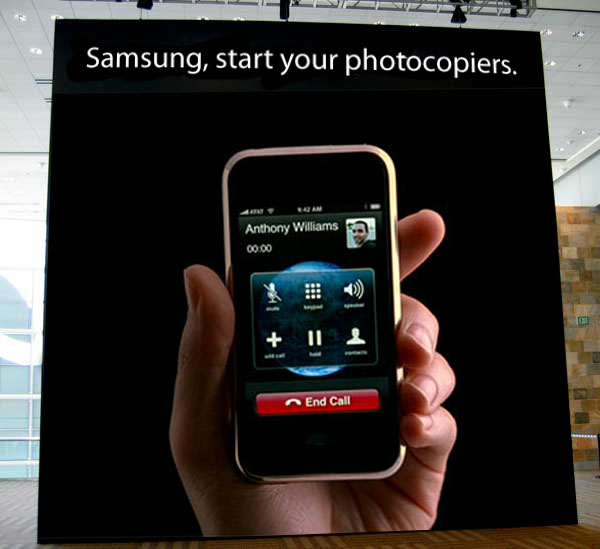Some time ago, I decided to get a tattoo.
There was a time when a statement like that might have inspired anything from a raised eyebrow to a rueful shake of the head to an incredulous gasp, but I confess I have no idea when that time would be. Most likely it wasn’t even within my lifetime. Tattoos are so ubiquitous today as to be something a little worse than banal — they’re predictable. In the suburbs, it’s tramp stamps and tasteful ankle and shoulder decorations; in Chicago, where I live, half-sleeves are apparently the minimum in order to get hired in any restaurant, bar or Apple retail store. Any overtones of rebellion or non-conformity that tattoos might have had are long gone. For a substantial portion of my age group, getting inked is simply an ordinary aspect of becoming an adult, about as out-there as getting a passport.
Back in the ’80s, George Carlin complained that wearing an earring had been drained of all its revolutionary impact: “It was supposed to piss off the squares. The squares are wearing them now!” Likewise, whereas getting tattooed once (literally) branded you as belonging to a group situated a marked distance from mainstream society, today it means almost the opposite, a necessary signifier of a certain urbane, would-be sophistication. It’s strange to think that something as radical as painting your own skin would become common enough to carry a faint whiff of conformity.
This has always presented something of a dilemma for me. I am a non-conformist of the quiet type, meaning I don’t have the balls to chuck my nine-to-five job and become a freegan with a vegetable-oil-powered van, but I do take a quiet pleasure in steering clear of the most egregious fads. Tattooing has reached the point of cultural saturation where my contrariness reflex normally kicks in. I ought to hate the whole idea of it. The proliferation of tattoos today, hundreds and hundreds of them everywhere I go, bothers me. I don’t want to be like these people (even though I probably already am, in more ways than I care to admit) … but then, I don’t want to be like any people. Continue reading →
 I am more-than-averagely obsessive about my iTunes library. And yet, this is what most of it looks like. Ever see those pictures of ancient relics being restored in museums, when they’ll have exactly six pieces of some ancient textile and try to somehow fill in the gaps? It’s kinda like that.
I am more-than-averagely obsessive about my iTunes library. And yet, this is what most of it looks like. Ever see those pictures of ancient relics being restored in museums, when they’ll have exactly six pieces of some ancient textile and try to somehow fill in the gaps? It’s kinda like that.
